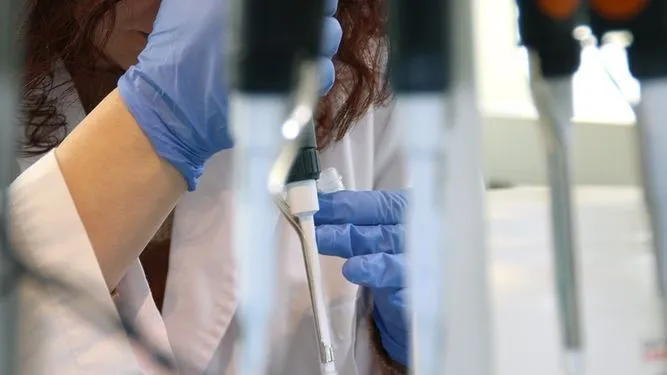Mitochondria are the organelles responsible for producing the necessary energy for the functioning of cells.
In a review article, published in Trends in Molecular Medicine by the Biomedical Research Institute and the Biomedical Research Center in the Associated Metabolic Diseases and Metabolic Diseases, in Spain, it is explained that the loss of function of these organelles had already been associatedPrior to the development of different types of diseases, in addition to running as a possible cause of aging in itself.
However, the causes that underlie this mitochondria dysfunction are not entirely known.
For the authors of this article, the explanation of this ruling could be in the mitochondrial dynamics, a key process in maintaining a good quality of mitochondria, through the maintenance of a good mitochondrial function and participation in the processes of elimination ofDamaged mitochondria (mythophagy).
This explanation is endorsed by the experimental results obtained by the laboratory led by Antonio Zorzano, coordinator of this article and group head of the IRB Barcelona and Ciberdem, and those of other researchers.
According to these results, alterations in different proteins that regulate mitochondrial dynamics are associated with aging and disease associated with it in different organisms such as yeasts, flies, mice and humans.The authors of this review article, which is based on previous investigations of this group, propose that these alterations could constitute a double -edged edge weapon promoting, on the one hand, intrinsic defects in the mitochondrial function that would lead to an accumulation of mitochondrial damage,and on the other, avoiding the elimination of damaged mitochondria.
In this way, alterations in mitochondrial dynamics could be one of the primary causes that cause the loss of the quality and function of the mitochondria observed in type 2 diabetes, aging and their associated diseases.Future investigations in this sense could contribute to the establishment of mitochondrial dynamics as a promising therapeutic Diana to combat these diseases.
This article has also had the participation of the University of Barcelona and the Biomedical Research Center of Rare Diseases (CIBERER).His first signatory, David Sebastián, is a cyberdem researcher at IRB Barcelona.
(Source: Network Biomedical Research Center)


